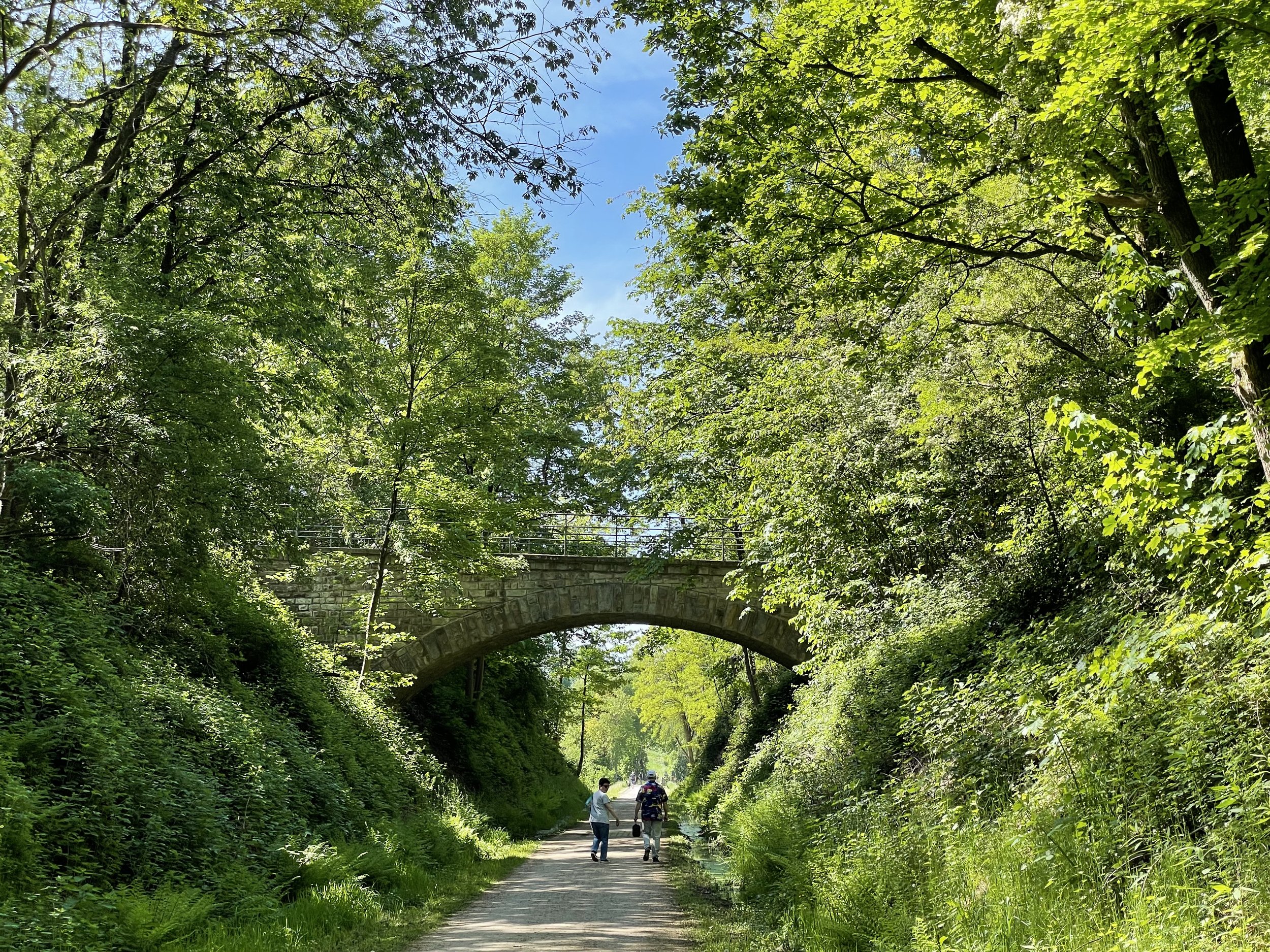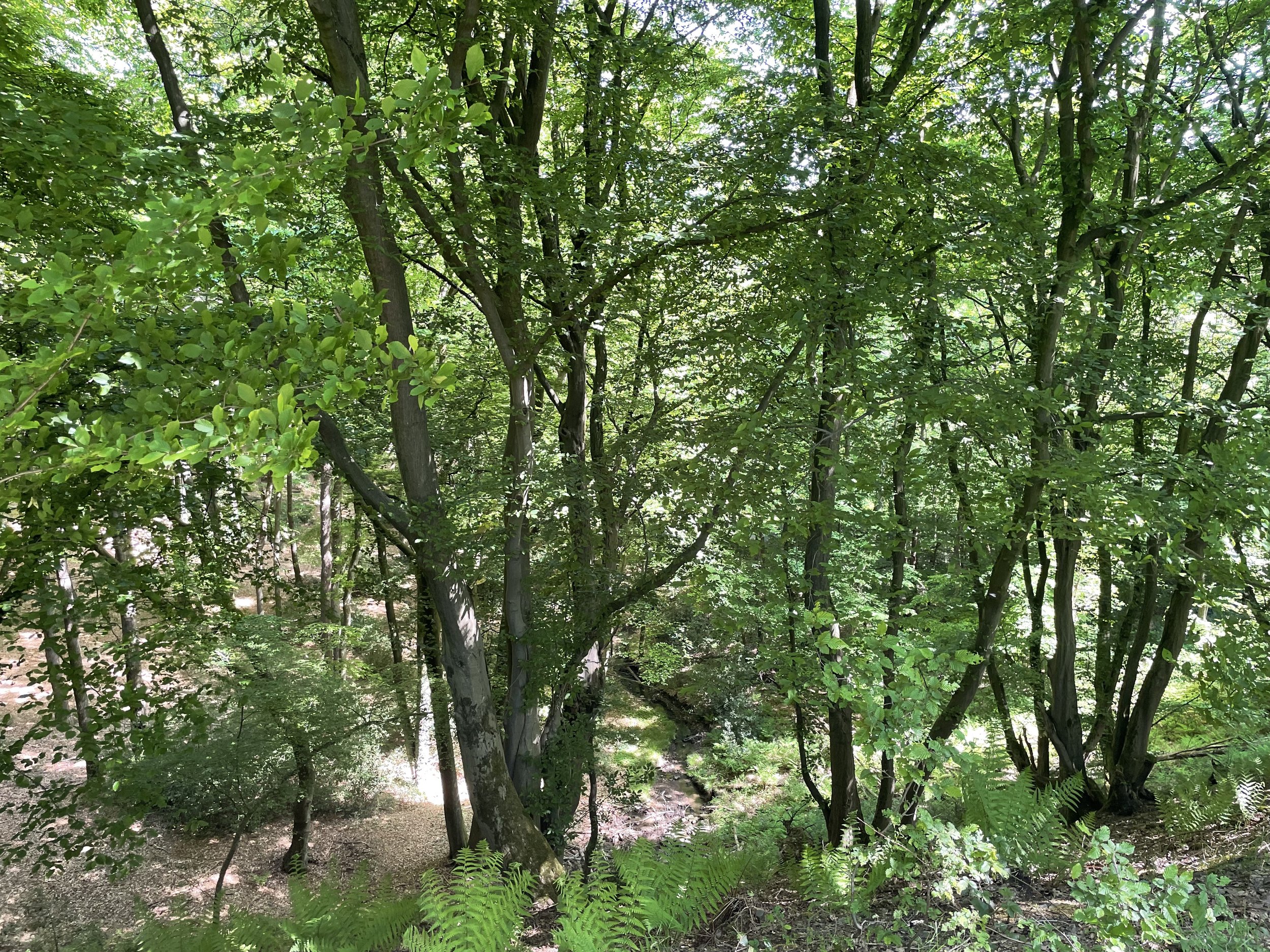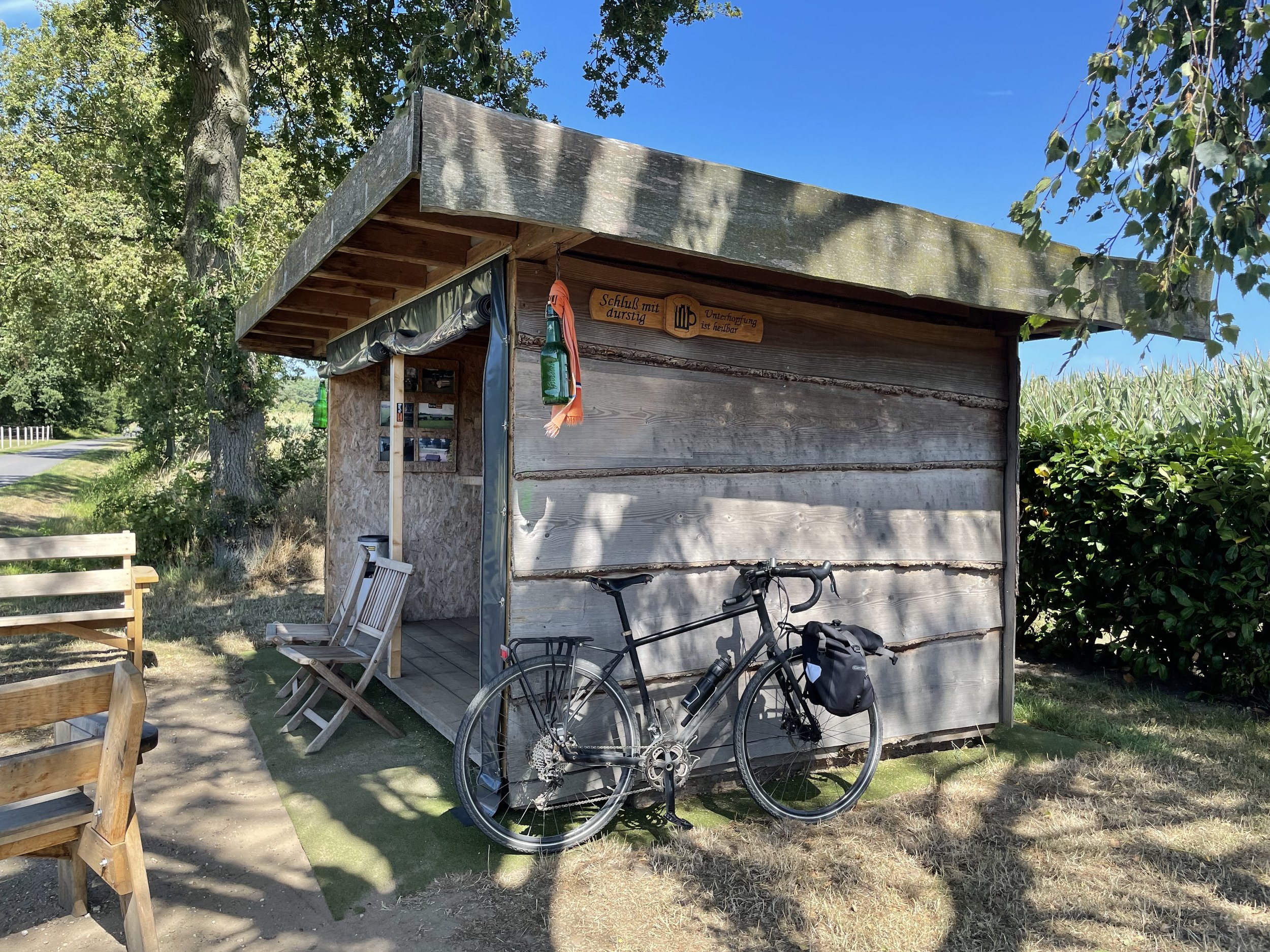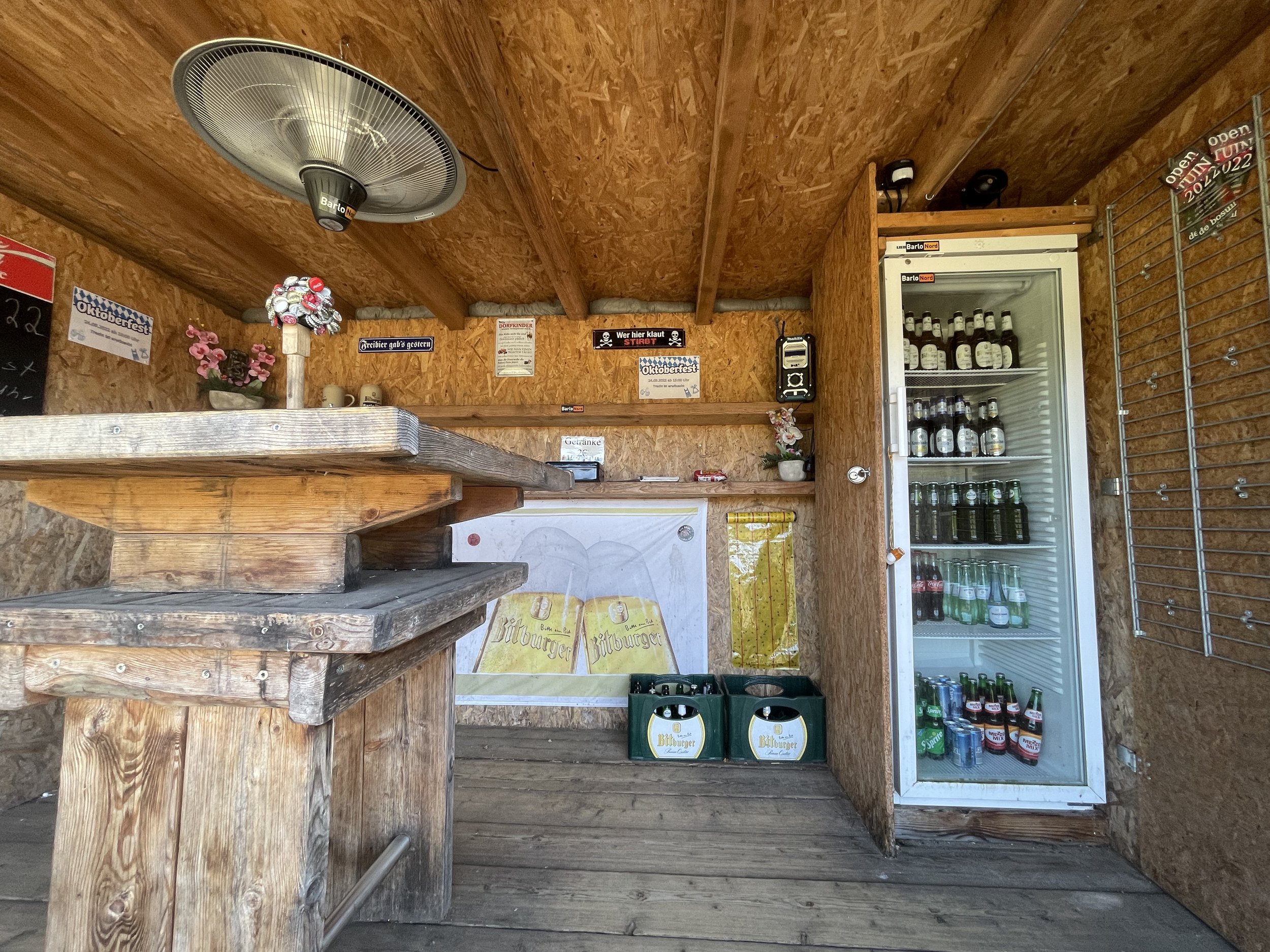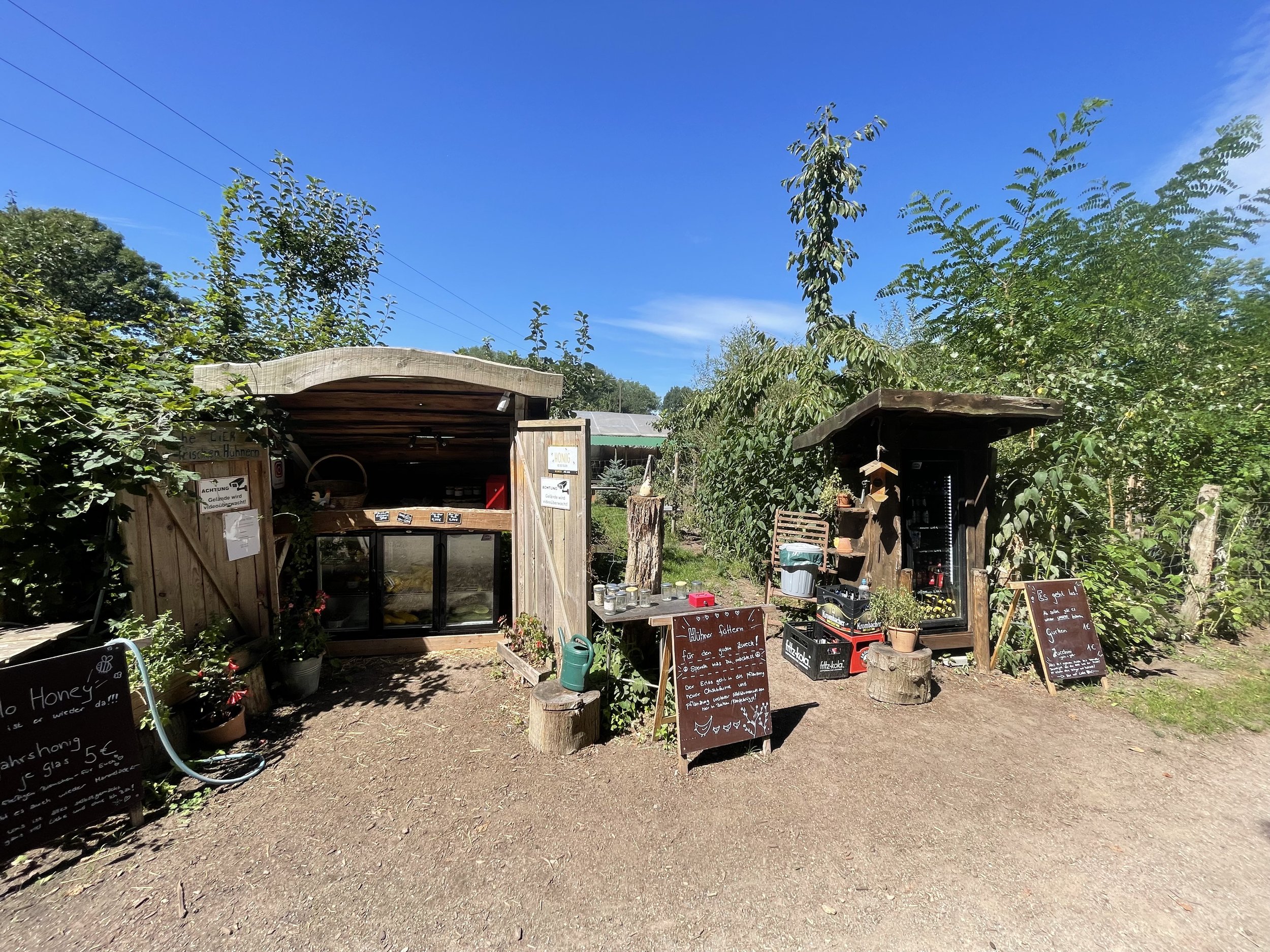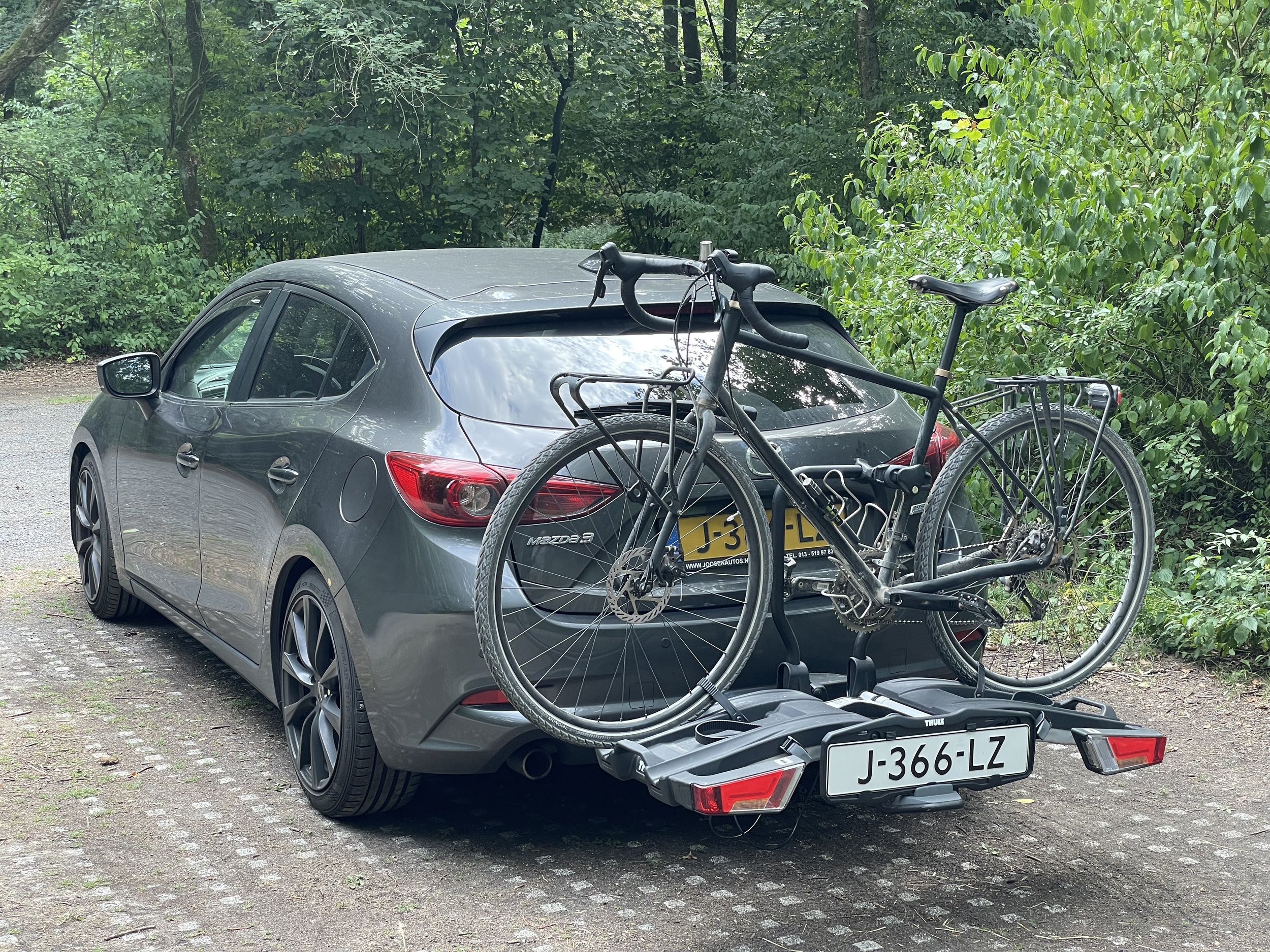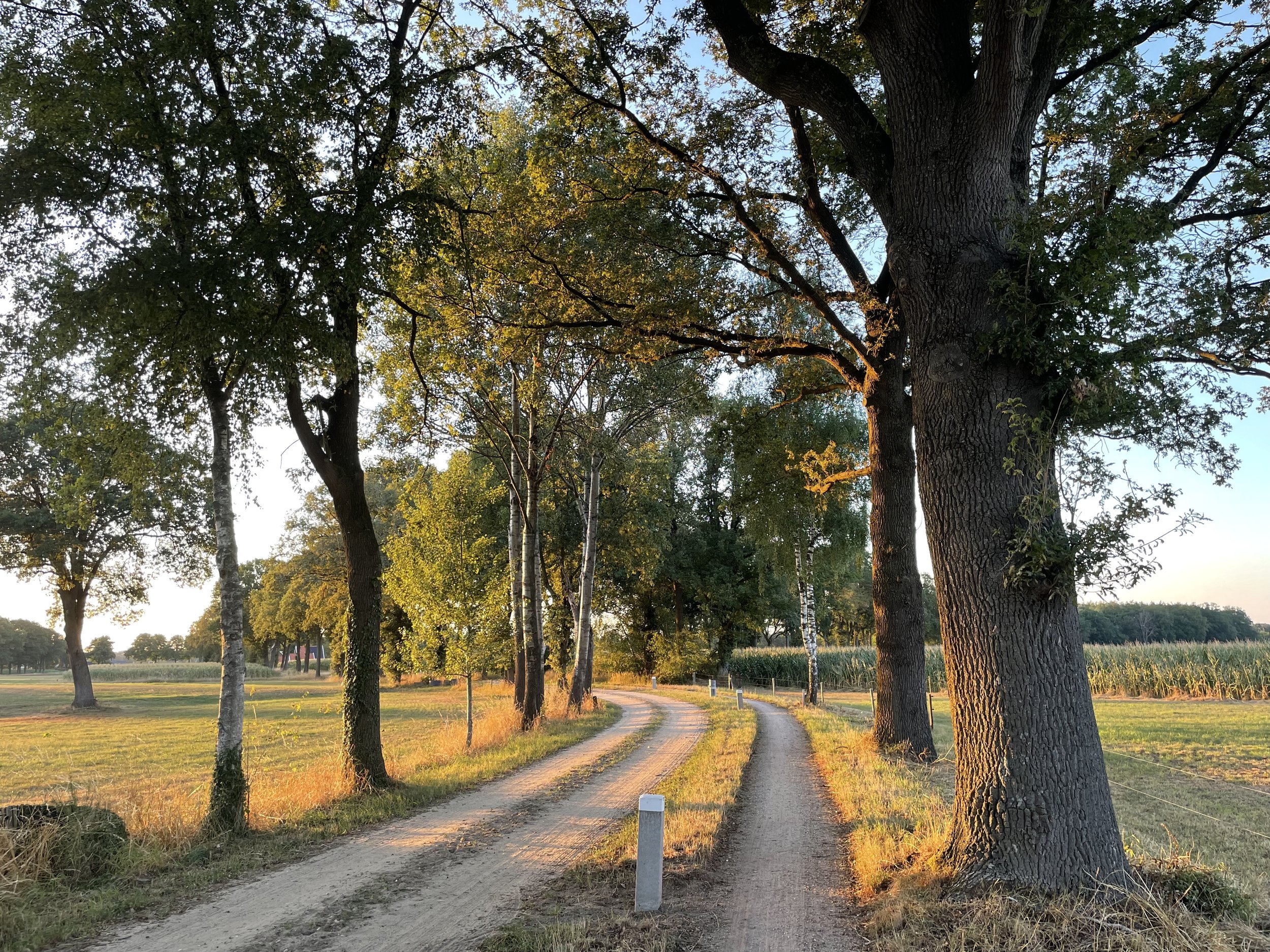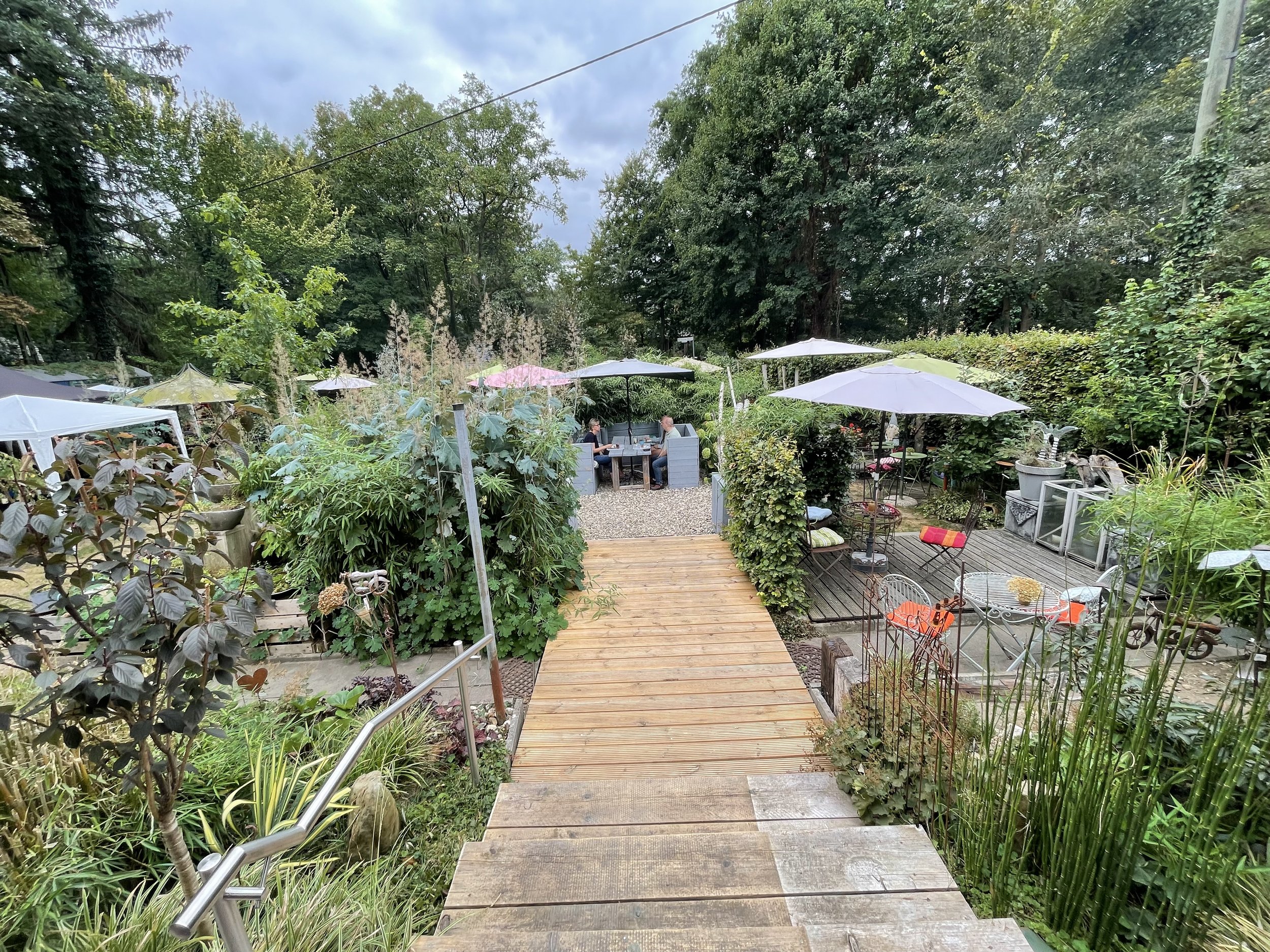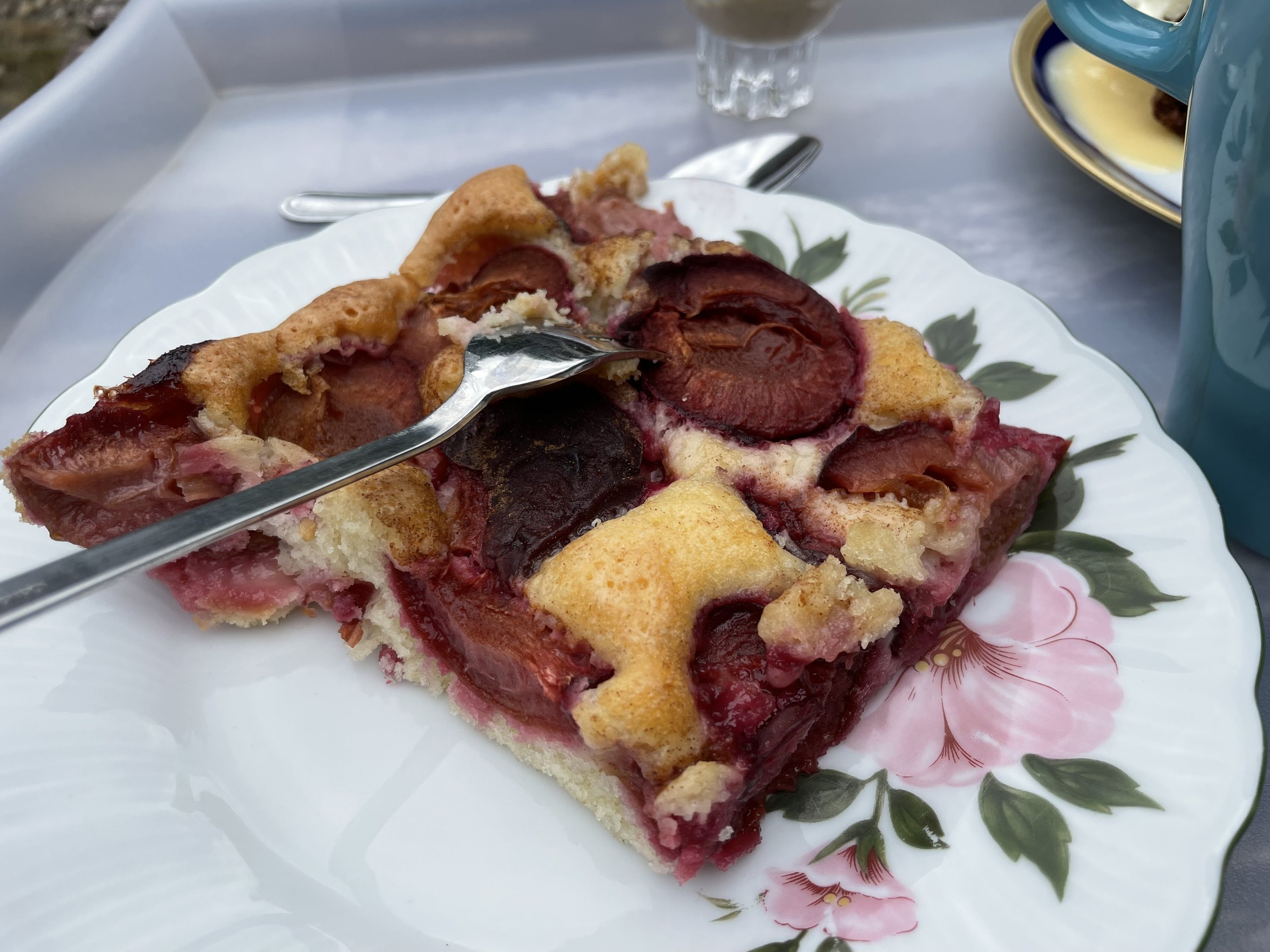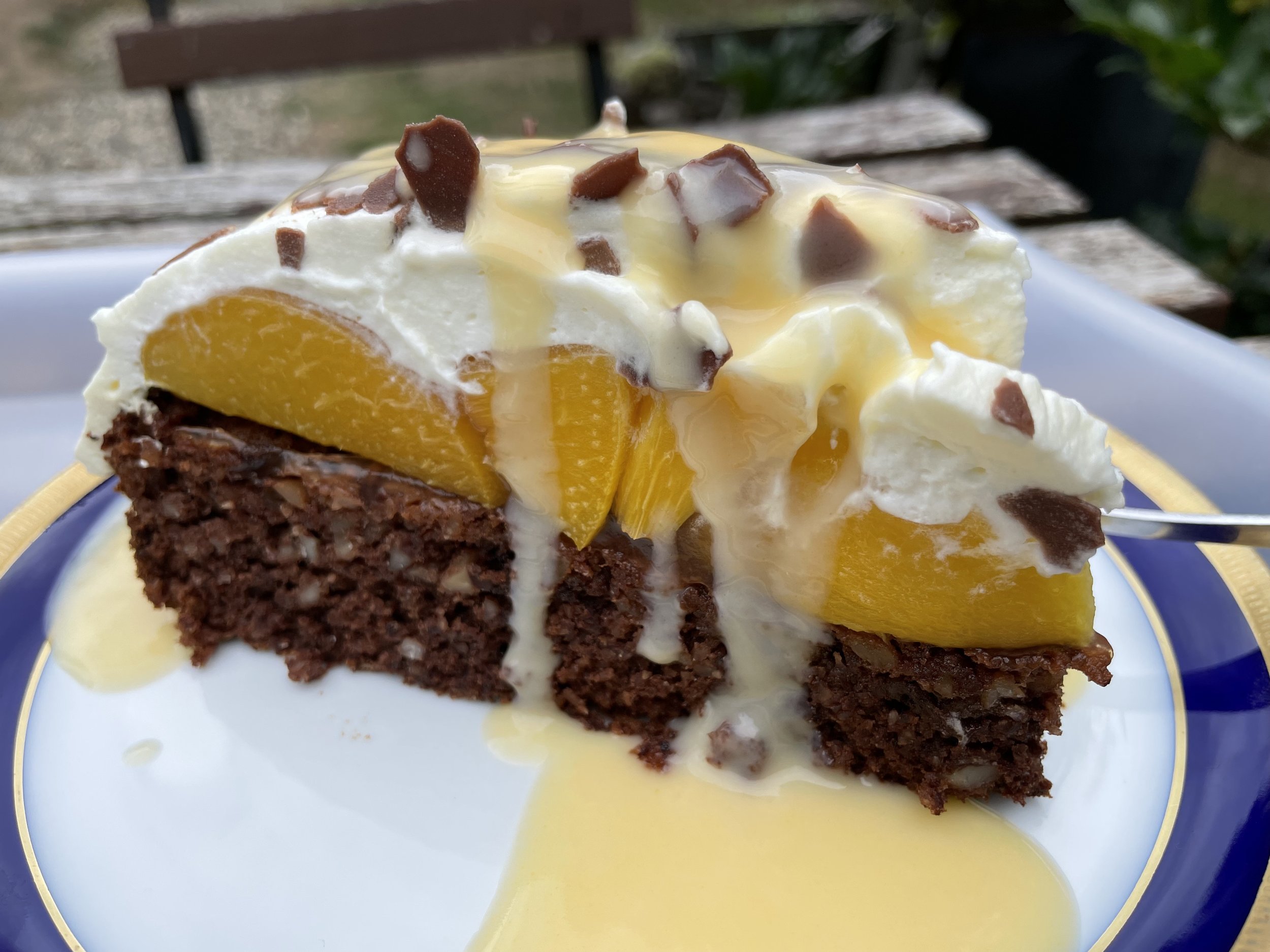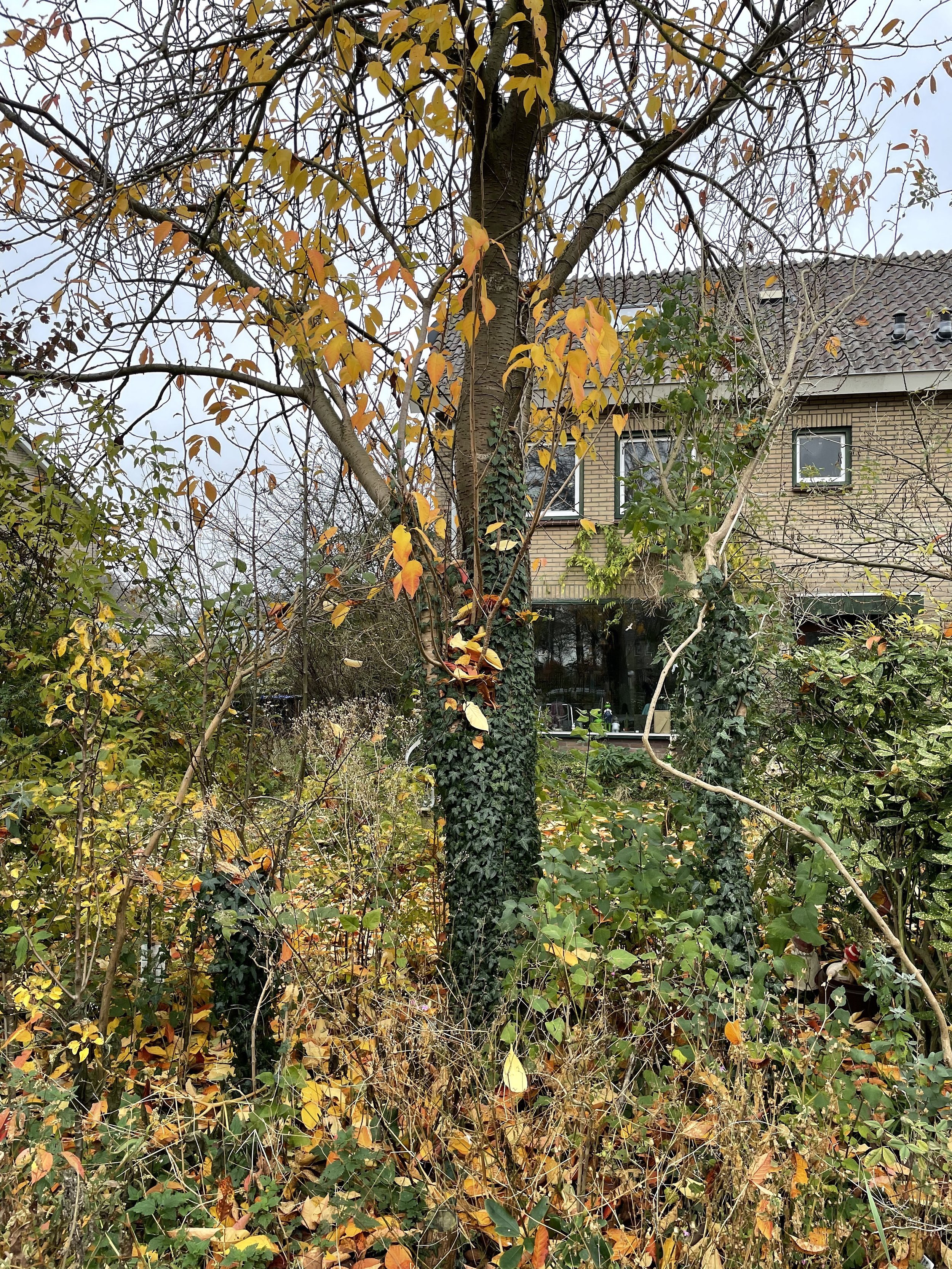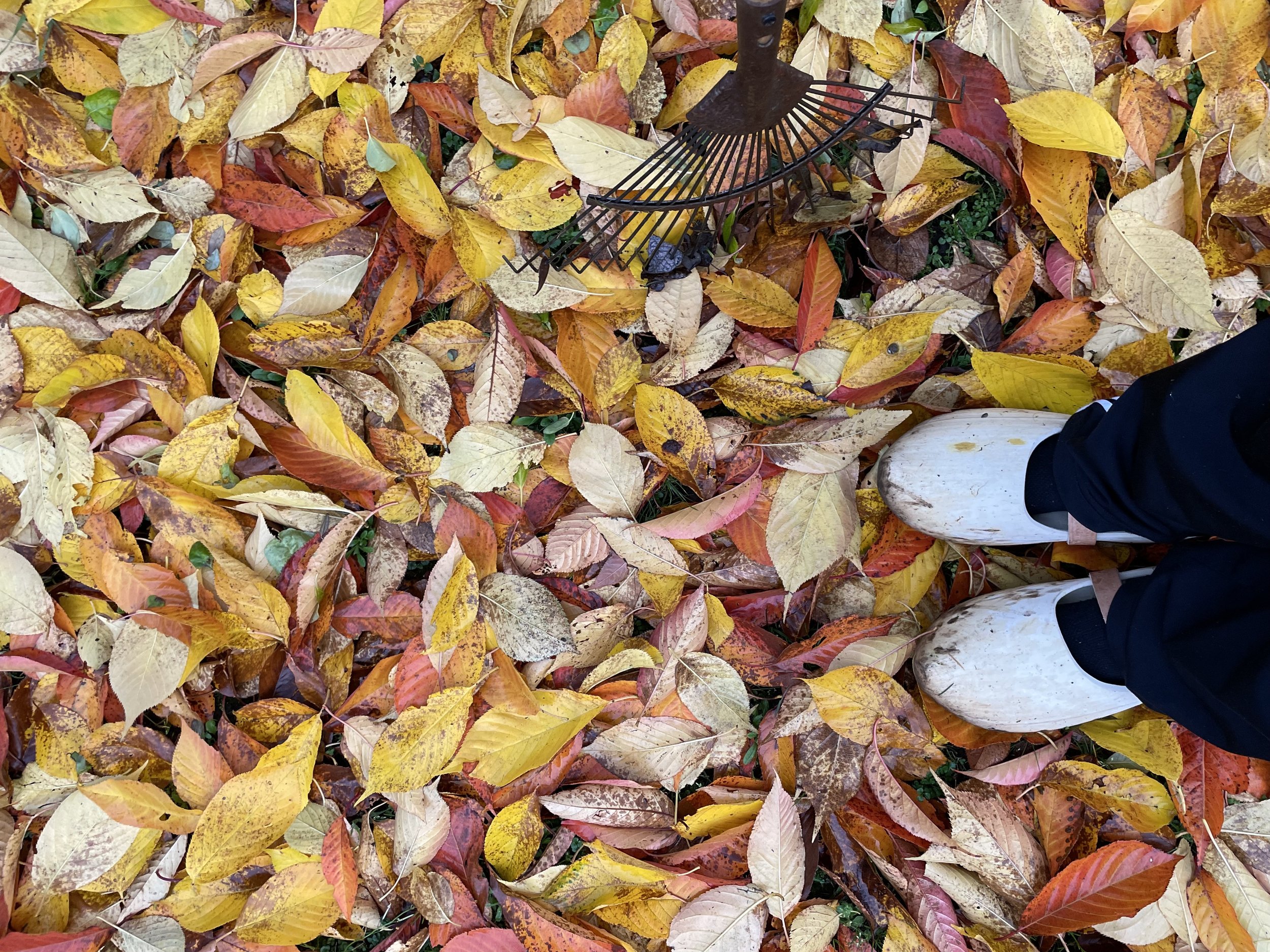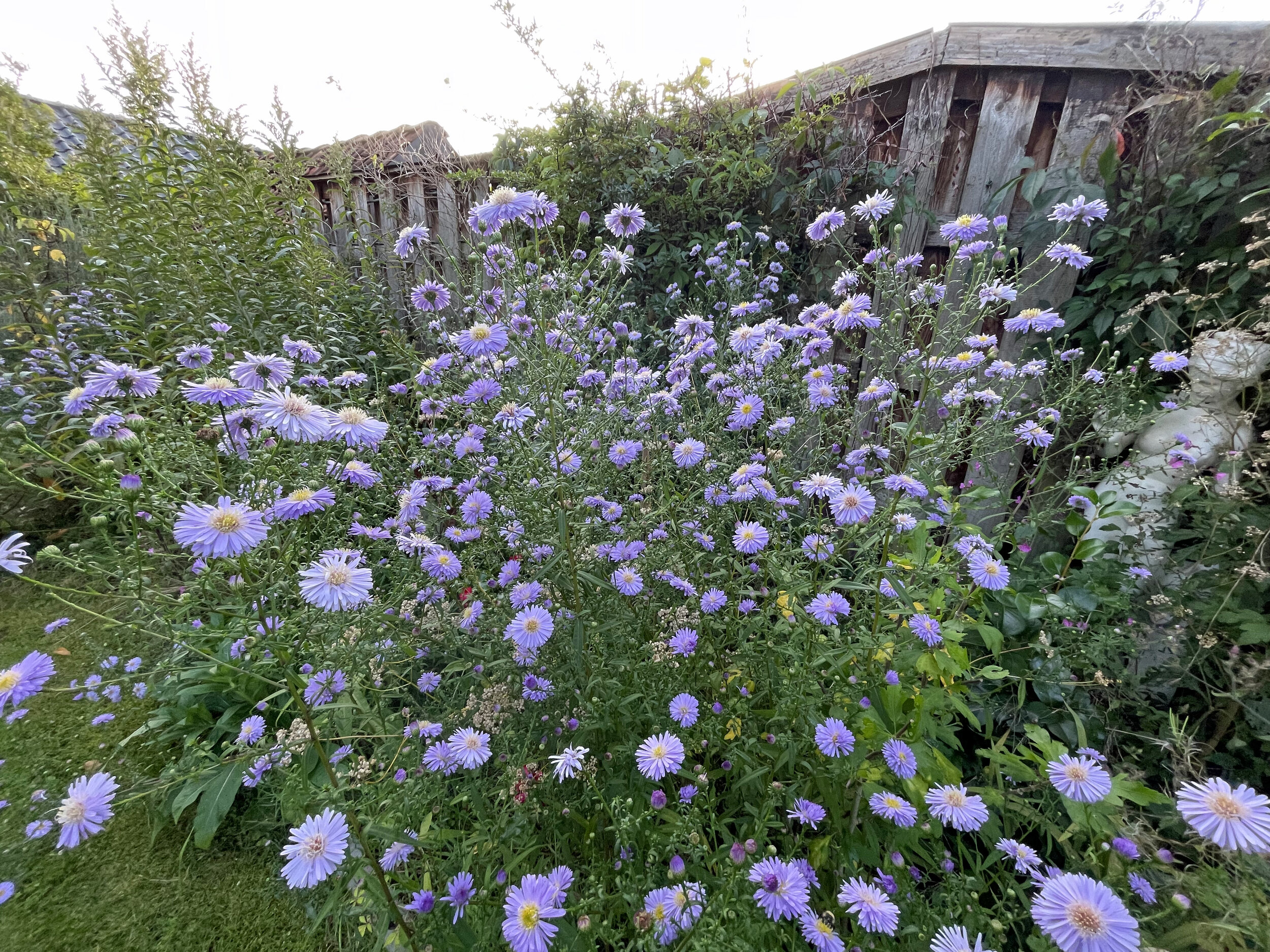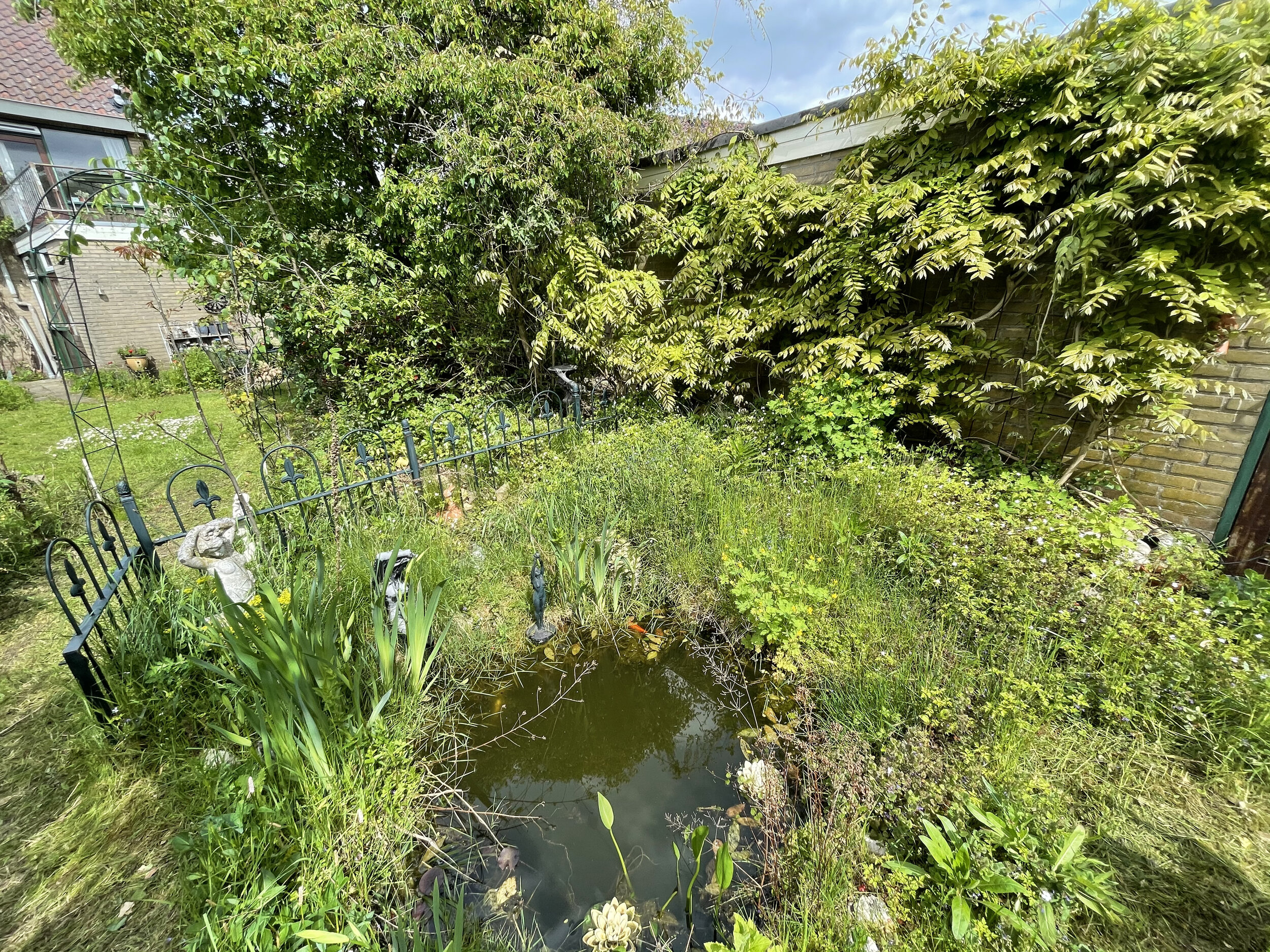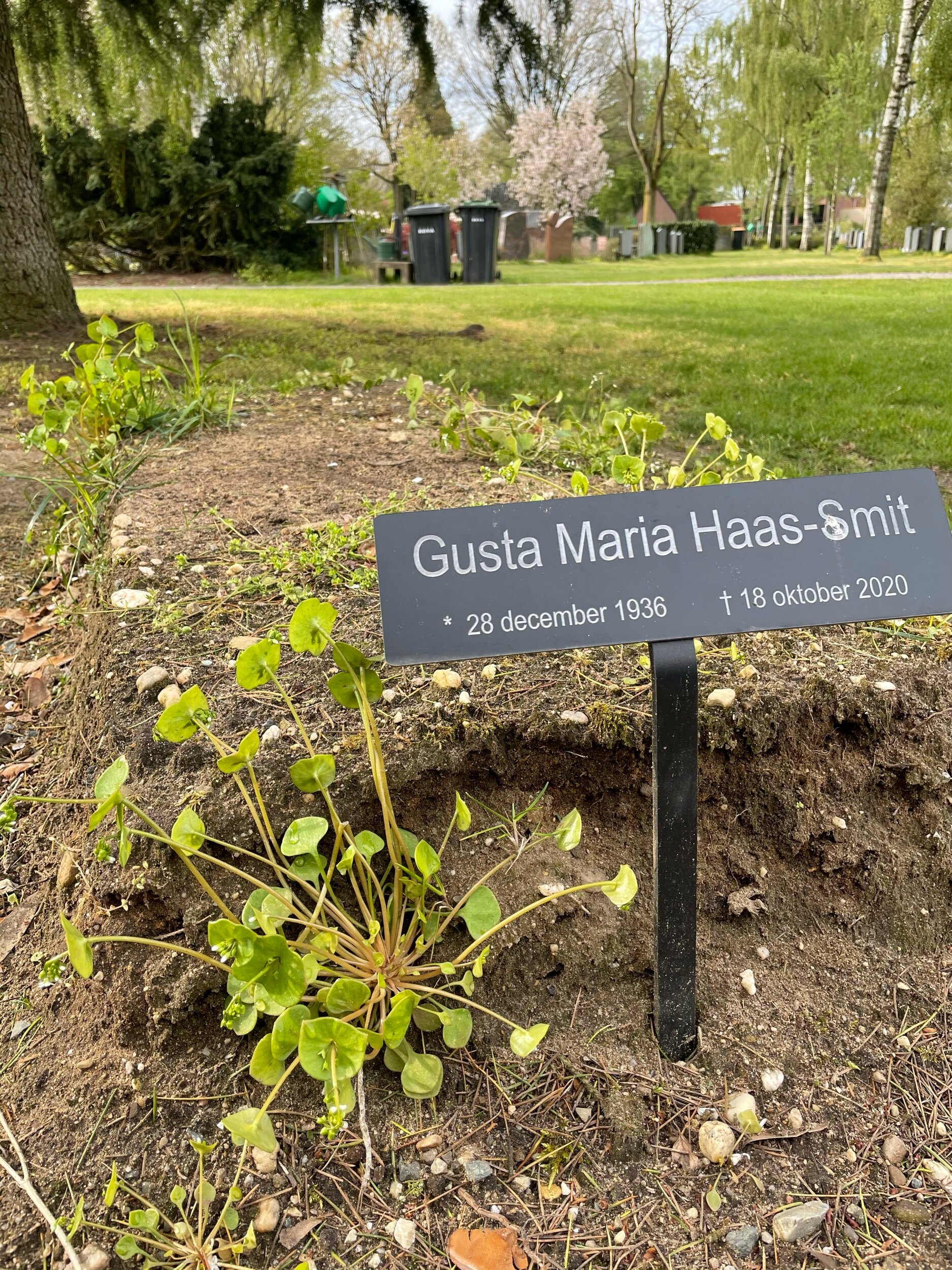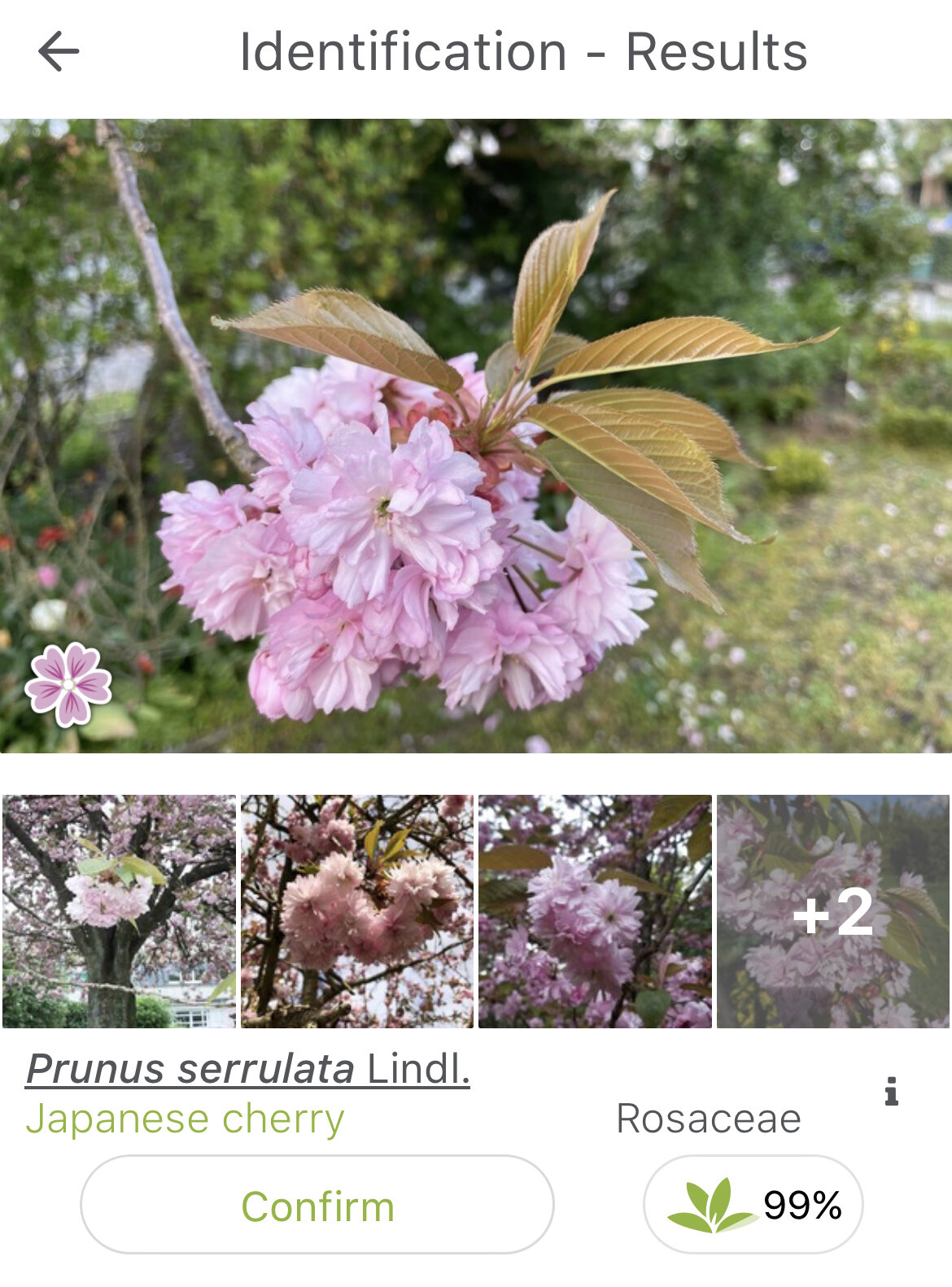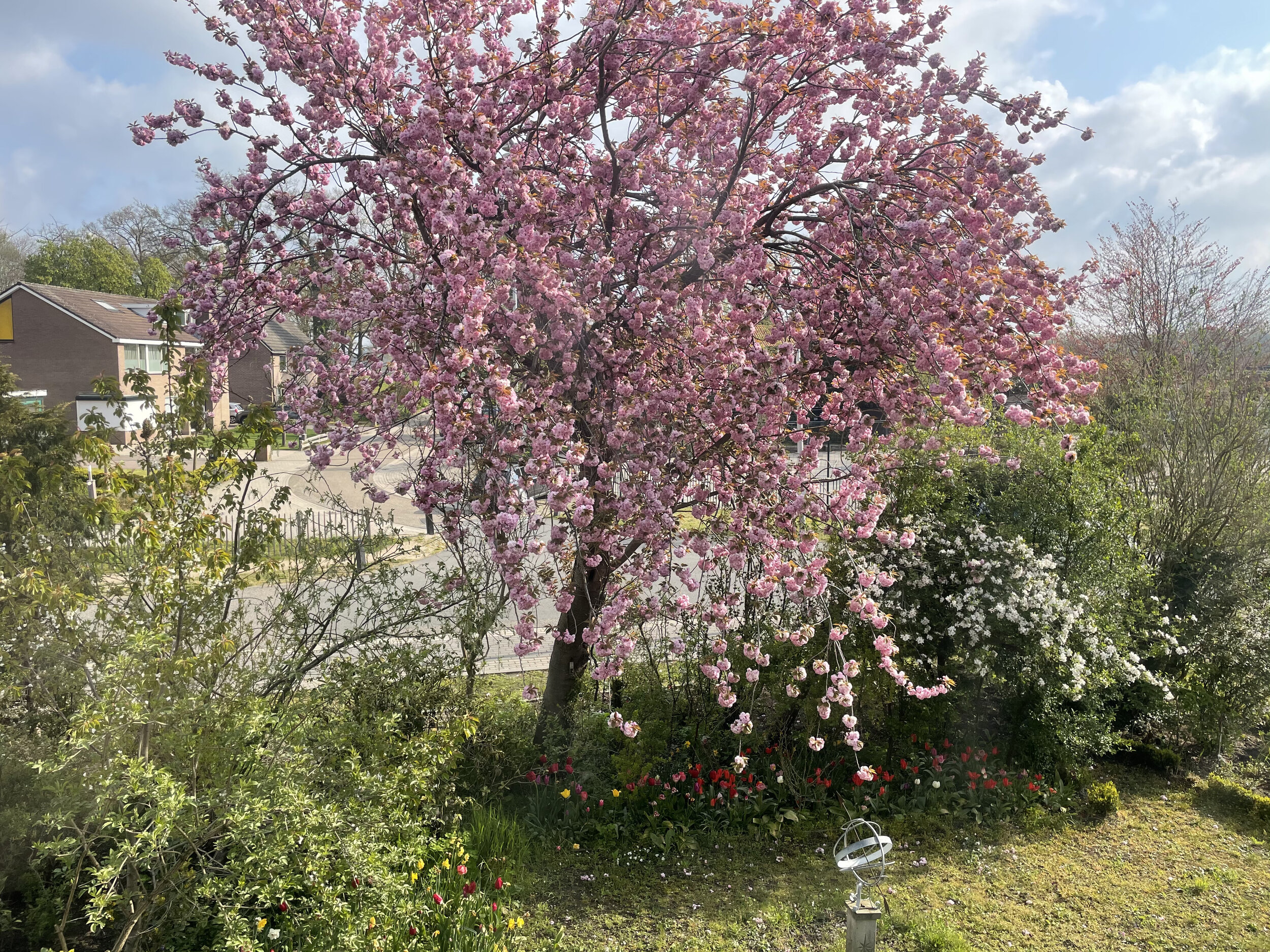Appeltje voor de dorst
Often I have wondered how our food table would look like without globalisation and the transport of produce over long distances. A day at Het Keunenhuis, de culinaire proeftuin van Nel Schellekens, gave me an idea. Nel Schellekens sources very local ingredients for her recipes. On the 24th of September she organised an open door day, inviting local food producers and cooks, like the Wenterse kokvrouwleu, local dialect for ‘female cooks from Winterswijk’. The word ‘cook’ is not gender neutral in the local dialect.
The back of the farm is traditionally the place where the action is. For practical purposes the back of the farm was often facing the road. Well into the 1980s farmers would live with the cows under one roof. Het Keunenhuis was built in 1908.
Below is great idea for a campfire. Roast a celeriac, slice it in slices and fry until soft. You need to bring a blood sausage, preferably a version with buckwheat mixed into the blood. Top with apple sauce or sliced apple, which you can fry on the same hot plate. More on apples later.
Celeriac, blood sausage and apple sauce
Karnemelkse saus
This buttermilk sauce is almost forgotten. The food industry never made a modern version, although supermarket chains advertise the recipe, so people apparently still make this sauce. But I didn’t remember ever tasting it. The sauce is made from a good quality buttermilk, flower, for binding the sauce, and fried bacon (‘spekjes’). Nutmeg or black pepper can be added at the end.
The sauce is served with boiled potatoes and lettuce, or green beans, making a traditional, very simple, but tasty dish. I was surprised how good it tasted. To prevent curdling you apparently have to mix the ingredients cold before heating the sauce.
Wenterse kokvrouwleu.
Potatoes, lettuce and buttermilk sauce
The vegetable garde of The Keunenhuis.
Nasi goreng, wheat version
This has all the elements of an Indonesian nasi goreng, but instead of nasi (rice), wheat was used. Hidden under the egg is a piece of fried pork belly, which makes it definitely not halal, very few places in Indonesia allow pork. It was pretty tasty but without a spicy sambal, I would be very sad if this would be my nasi goreng for the rest of my life. But in green houses you can grow rawit in The Netherlands. Something else lacking was the taste of trassi or something umami.
This local beer was new to me. It had a nice bitter taste. The name is Dat Bu-j! which translates to ‘Dat ben jij’ in Dutch. Their slogan is ‘Bier um op te zoepen!’
The goats belong to De Brömmels, a goat farm in the hamlet Woold. The proprietors make a wild variation of goat cheese and even sell goat meat. I guess I’m covered for satay kambing and many African and Caribbean stews in case globalisation grinds to a halt.
I did buy a goat this summer for an Indonesian village, east of Soerabaja. Not for a happy occasion. It is custom to invite family and neighbours exactly one week after burial for plenty of food and prayer. The goat ended up as a thousand skewers of satay kambing and the bones were used to cook a soup.
Flower and hop infusion
I’m not a big fan of cakes because I don’t like sugar, but this one looked so pretty with its edible Oost-Indische kers flowers. Tea was served made from dried flowers or hop. I tried the hop infusion and it had the typical bitter hop taste. When the supply of Japanese sencha dries up, we’ll have to make do with hop tea or delicate flower tea.
The name of the open door day was ‘appeltje voor de dorst’, or ‘nest egg’ in English, which is not the literal translation. That would be ‘an apple in case of thrist’. Going back more than a century, the list of apple cultivars becomes huge. A small group of apple growers are preserving the ancient cultivars.
Black shed near The Keunenhuis. Every farm has plenty of space for a vegetable garden and traditionally all farmers would eat home grown vegetables and some still do.
Pork chop with sweet and sour peppers
In the spirit of cooking locally I bough a thick pork chop from Slagerij Wassink in Winterswijk. I used sage and thyme from the garden.
Next to the pork chop I made sweet and sour peppers. I sautéed red bell pepper and red onion on high heat, sprinkled some sugar on it, kept on sautéing on a high heat and added quite bit of red wine vinegar for the last three minutes or so. Drizzle with olive oil.
The pork chop needs a lot of butter for basting and has to rest as long as you fry it, about eight minutes in total. Add smashed garlic cloves.
























